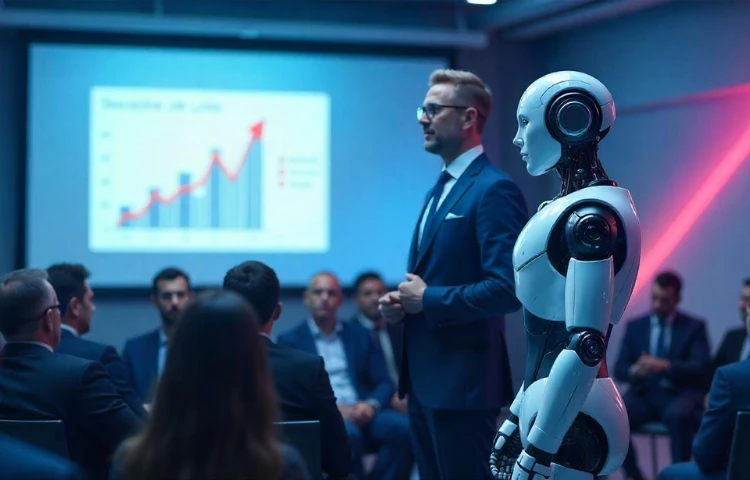

Prefer to listen instead? Here’s the podcast version of this article.
In a bold and sobering forecast, Dario Amodei, CEO of leading AI startup Anthropic, has issued a stark warning about the looming impact of AI on the labor market. Speaking candidly about the future of work, Amodei predicts that as much as 50% of entry-level white-collar jobs could be displaced within the next five years, potentially driving unemployment rates to an unprecedented 20%. These remarks, coming from a key player in the AI space, have sparked urgent conversations about the societal and economic shifts we must prepare for as automation accelerates across industries.
Amodei’s forecast underscores the rapid pace at which AI technologies are advancing and their capacity to automate tasks traditionally performed by humans. Entry-level positions in fields such as administrative work, customer service, data entry, and basic analytical functions are particularly vulnerable . The concern is not merely about job displacement but also about the speed and scale at which it could occur, leaving little time for workers and institutions to adapt. [The Economic Times]
The tech industry is divided on the implications of AI’s integration into the workforce. While some, like Amodei, emphasize the risks of widespread job loss, others argue that AI will create new opportunities. Entrepreneur Mark Cuban, for instance, contends that AI will lead to the emergence of new roles and industries, ultimately increasing total employment . This perspective highlights the historical trend of technological advancements leading to job transformation rather than elimination. [Business Insider]
The potential for mass unemployment raises significant ethical and societal concerns. Job displacement can lead to financial hardship, reduced self-esteem, and a diminished sense of purpose for affected individuals . Moreover, the concentration of wealth and power among those who own and control AI technologies could exacerbate existing socioeconomic inequalities. These issues call for proactive measures to ensure that the benefits of AI are equitably distributed and that vulnerable populations are protected.
To mitigate the potential negative impacts of AI on employment, several strategies can be considered:
The integration of AI into the workforce presents both opportunities and challenges. While the potential for increased efficiency and innovation is significant, the risks of job displacement and societal disruption cannot be ignored. It is imperative for businesses, policymakers, and society at large to engage in open dialogue, invest in proactive measures, and collaborate to navigate this transition responsibly.
WEBINAR